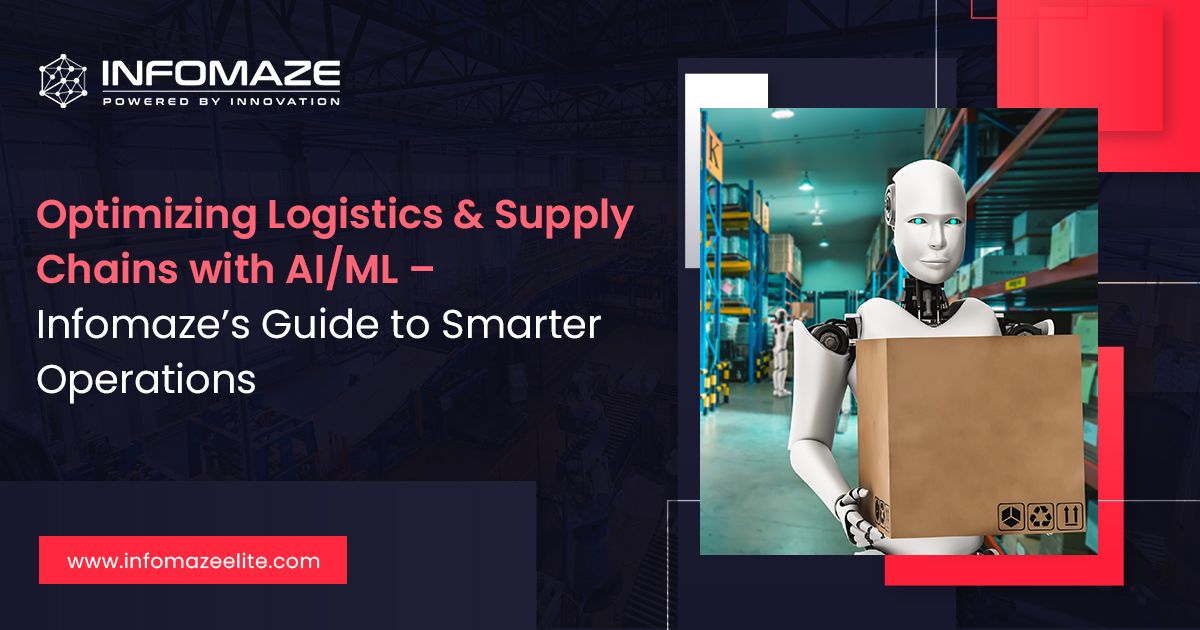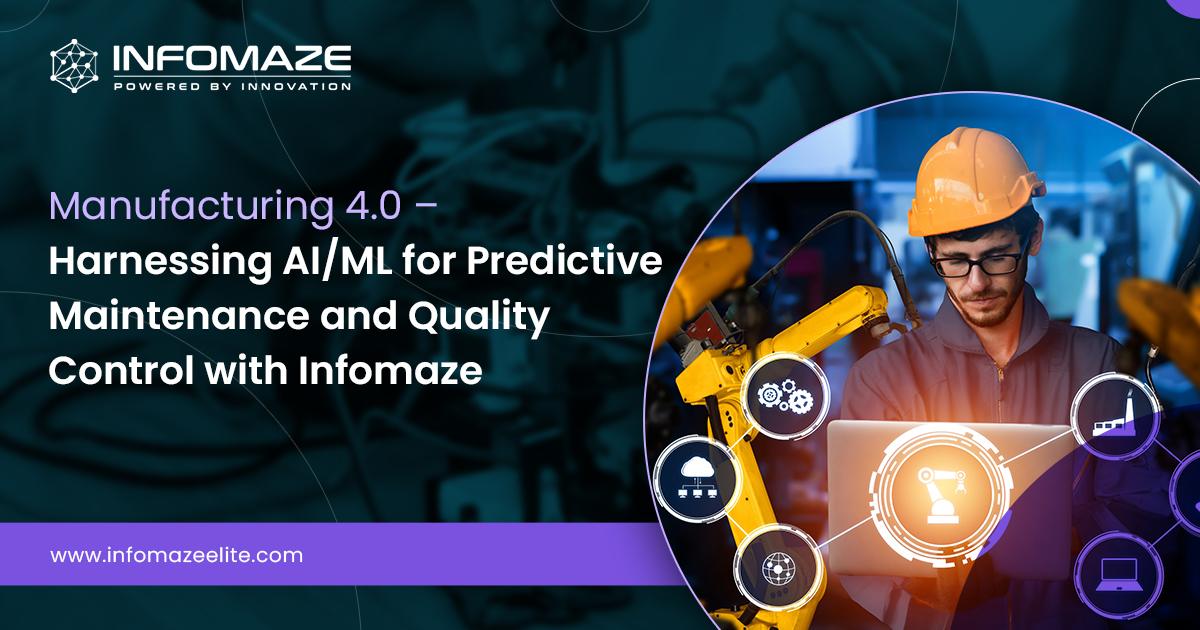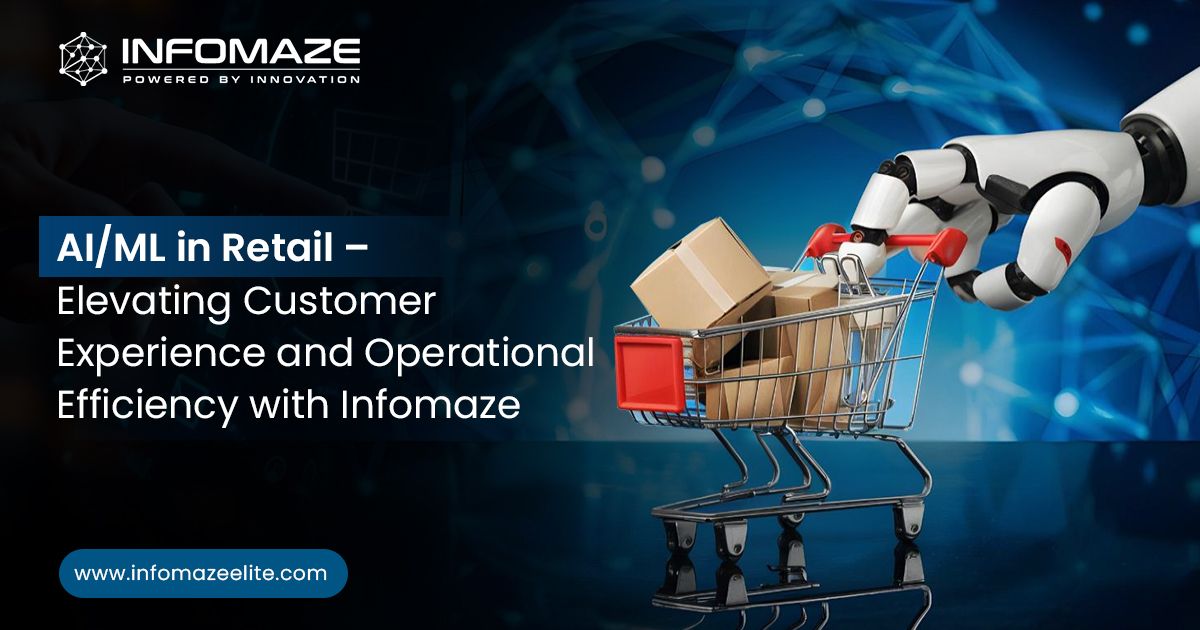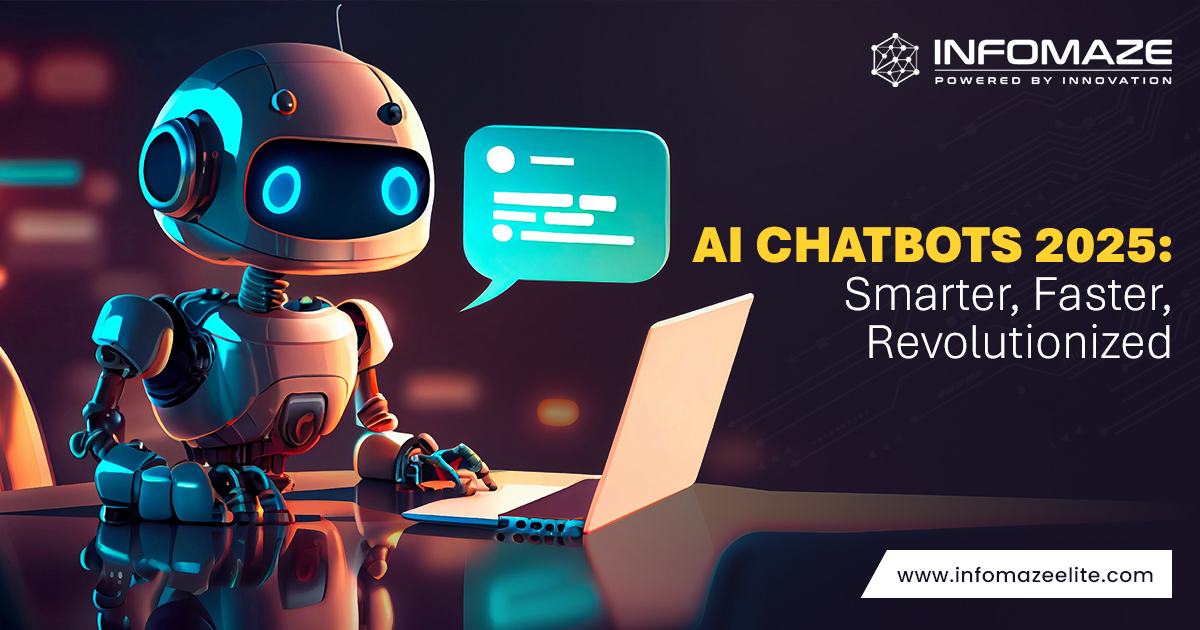AI Chatbots for Businesses: How They Work and Why You Need One
Did you ever have a conversation with a chatbot and think, “Wow, this is just like conversing with a human?” AI chatbots have evolved much beyond being simple scripted robots giving robotic answers. Now they are intelligent virtual assistants that recognize context, emotion and even business goals.
Whether it’s customer service, sales, HR automation, or internal operations, AI chatbots are becoming an indispensable tool for businesses of every size. But how do they tick under the hood and why should your business implement one?
Let’s find out.
How Chatbots Work?
At their fundamentals, AI chatbots utilize a mix of Natural Language Processing (NLP), Machine Learning (ML), and deep business system integrations. Here’s what drives them:
Natural Language Processing (NLP) & Understanding (NLU)
AI chatbots use NLP to understand and process human language. Modern NLP engines, powered by transformer models like OpenAI’s GPT-4, Google’s LaMDA, and Meta’s LLaMA, analyze user inputs, extract key entities, and determine intent. These chatbots are capable of handling slang, typos, and even multiple languages, ensuring a seamless conversation.
Example: The customer enters, “Hey, where is my order?” The chatbot catches “order status” as the intent and retrieves relevant data from the backend system of the business.
Machine Learning (ML) & Continuous Improvement
Unlike rule-based chatbots, AI chatbots use ML to become smarter over time. They learn by observing previous conversations, improve responses, and modify behavior patterns to users. Techniques like reinforcement learning and fine-tuned neural networks help chatbots make accurate predictions and solve problems more efficiently.
Example: When customers frequently ask about refund policies, the chatbot learns to prioritize refund-related responses, reducing human intervention.
Inefficient Field Operations Management:
AI chatbots utilize deep learning models like BERT (Bidirectional Encoder Representations from Transformers) and T5 (Text-to-Text Transfer Transformer) to generate human-like conversation. These models help chatbots generate responses that are natural-sounding, contextually relevant, and even empathetic.
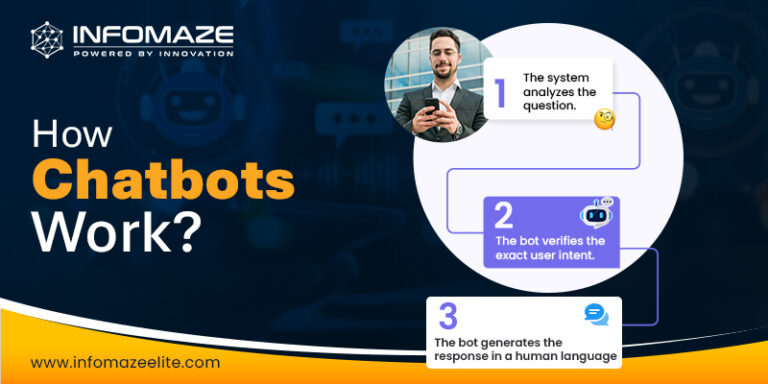
Business Systems & API Integration
For a chatbot to actually be useful, it must work with CRMs (Salesforce, HubSpot), helpdesk software (Zendesk, Freshdesk), online stores (Shopify, Magento), and even ERP systems (SAP, Oracle). API integrations enable chatbots to fetch real-time data, facilitate transactions, and provide customized outputs.
Example: A Shopify-integrated chatbot can get order history and provide shipping notifications in real time.
Sentiment Analysis & Emotional Intelligence
AI chatbots scan the sentiment of customers based on text and voice inputs. If a customer is frustrated, the chatbot will change to a sympathetic tone or pass the case to a human agent.
Example: A chatbot detecting phrases like “I’m really upset” can offer a priority resolution or connect the user with live support.
Voice Recognition & Multimodal Capabilities
With the help of voice assistants, AI chatbots now also make voice recognition a possibility using such technologies as Google Dialog Flow, Amazon Lex, and Microsoft Azure Bot Service. Multimodal AI bots have the capability of processing voice, text, as well as even image-based inquiries, hence rendering them immensely diverse.
Example: A banking chatbot can allow users to voice-request account balances or securely transfer money.
Why Your Business Requires an AI Chatbot
AI chatbots are not an option anymore; they are a necessity for businesses wanting to enhance efficiency and customer experience. Here’s why:
24/7 Customer Support & Instant Response
Shoppers demand responses quickly, and AI chatbots provide quick assistance 24/7. Forget waiting for business hours—customers get help in real time whenever they desire it. Juniper Research predicts that AI chatbots can save businesses over $8 billion annually by 2025 through automation.
Cost Savings & Scalability
It’s expensive to hire and train human agents. AI chatbots are able to answer up to 80% of straightforward questions, reducing the cost of operations and allowing human agents to dedicate more time to difficult problems.
Sales Growth & Lead Generation
AI chatbots qualify leads, engage visitors, and nurture prospects. By integrating with marketing automation software such as Marketo and ActiveCampaign they convert easily. An AI chatbot for an e-commerce site can suggest products based on browsing history, driving sales.
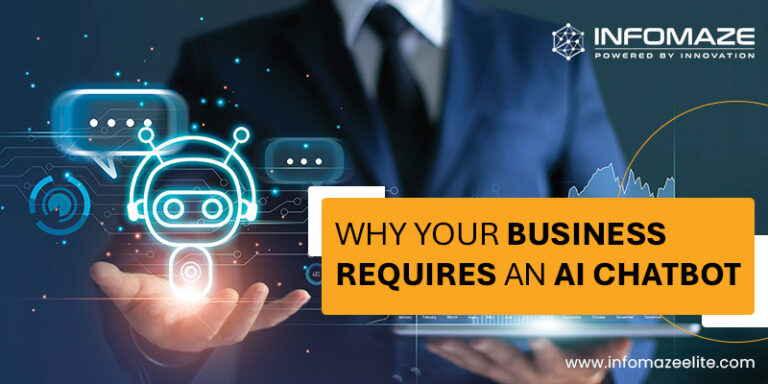
Customer Retention & Enhanced Customer Experience
AI chatbots provide instant solutions, ensuring interactions are smooth and interactive. By offering personalized conversations and seamless support they build customer loyalty.
Employee Assistance & HR
Aside from customer service, chatbots make HR processes seamless—processing onboarding for employees, responding to FAQs, and processing leave applications. Businesses with AI chatbots for HR-related work have found that administrative load is decreased by 30%.
Real-World Use Cases & Success Stories
Sephora – AI Beauty Consultant
Sephora’s chatbot applies AI, NLP, and computer vision to give customized beauty consultations. It offers product suggestions in line with the user’s interest, skin type, and shopping history, promoting engagement and sales.
H&M – AI Stylist
H&M’s chatbot employs deep learning and stock integration to make personalized outfit proposals. Based on style interest, it improves the user experience, minimizes returns, and increases conversions.
Bank of America (Erica) – Virtual Finance Assistant
Erica applies NLU and predictive analytics to assist customers with budgeting, fraud notifications, and financial planning. Voice-enabled and proactive, it enhances banking efficiency and customer service.
Domino’s (Dom) – Smart Ordering Bot
Domino’s chatbot facilitates voice and chat ordering and real-time tracking of deliveries. AI-driven upselling and compatibility with Alexa and Google Assistant provide a seamless experience.
Duolingo – AI Language Tutor
Duolingo’s chatbot learns to adjust to learners’ progress through NLP and reinforcement learning. It offers real-time feedback, pronunciation assistance, and gamified lessons to enhance engagement.
The Future of AI Chatbots: What’s Next?
AI chatbots are advancing quickly developments in:
Conversational AI & Emotion AI:
Next-generation chatbots will be more capable of sensing human emotions and responding accordingly.
Blockchain-based Chatbots:
Improving security and transparency in customer engagement.
Hyper-personalization:
Employing AI to scan users’ behavior and offer extremely customized responses.
AI-based Visual Recognition:
Image-processing chatbots to help with diagnosis and e-commerce suggestions.
Final Thought
AI chatbots are not just automated response systems; they are business behemoths that fuel efficiency, customer engagement, and revenue. Whether you are an enterprise or a startup, integrating AI-powered chatbots can keep you competitive.
Ready to transform your business with AI-driven chatbots? Infomaze provides industry-specific chatbot development. Automate tasks, boost customer interactions, and drive growth with our cutting-edge AI tools.
Get in touch with Infomaze today and elevate your automation to new heights!
Categories
- AI/ML (6)
- Application Migration (8)
- BI (7)
- Case Study (28)
- CRM (8)
- Dot Net (8)
- Informational Blog (71)
- IT Help Desk (8)
- Mern Stack (1)
- Microsoft 365 (2)
- Mobile Application (9)
- Offshore Development (10)
- Outsourcing Services (1)
- PHP (11)
- PowerBI (7)
- QuickBooks (6)
- ReactJS (4)
- SEO (14)
- SharePoint (3)
- Web Application (10)
- Xero (1)
- Zoho (15)
- Zoho Case Study (38)
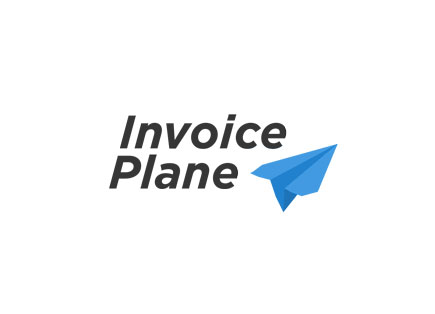
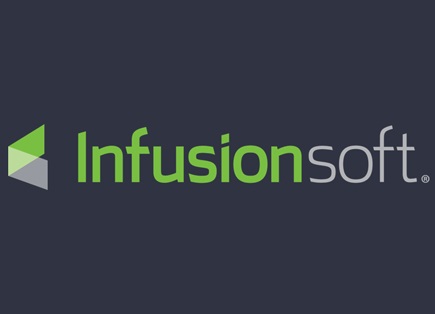

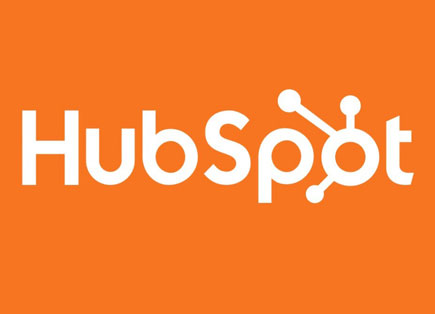
Disclaimer: All rights belong to the owner. No Copyright or Trademark Infringement Intended.


